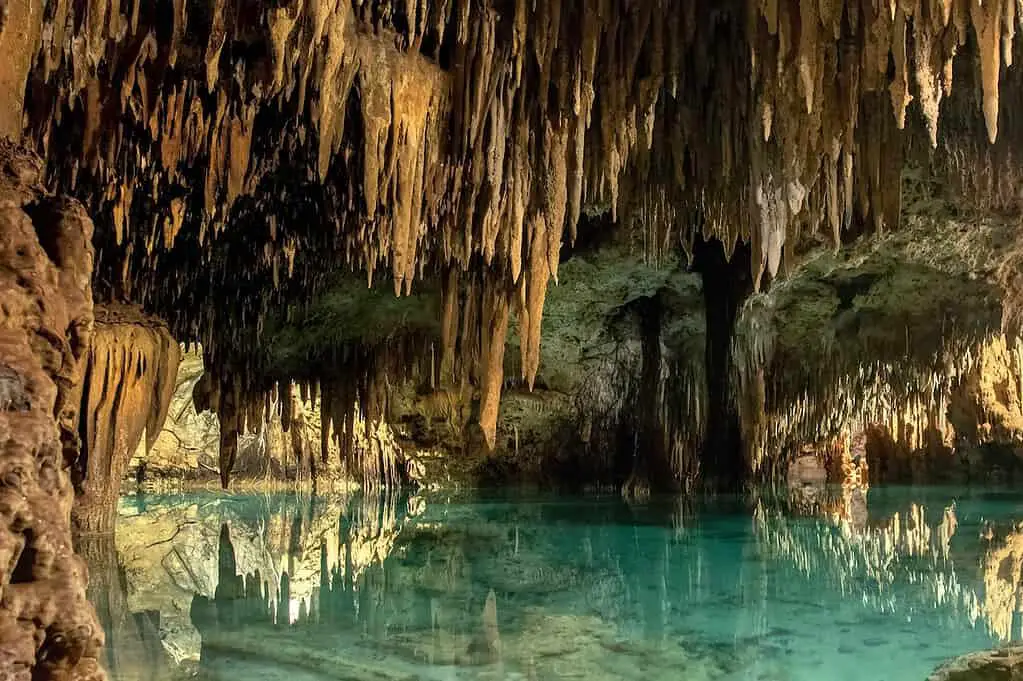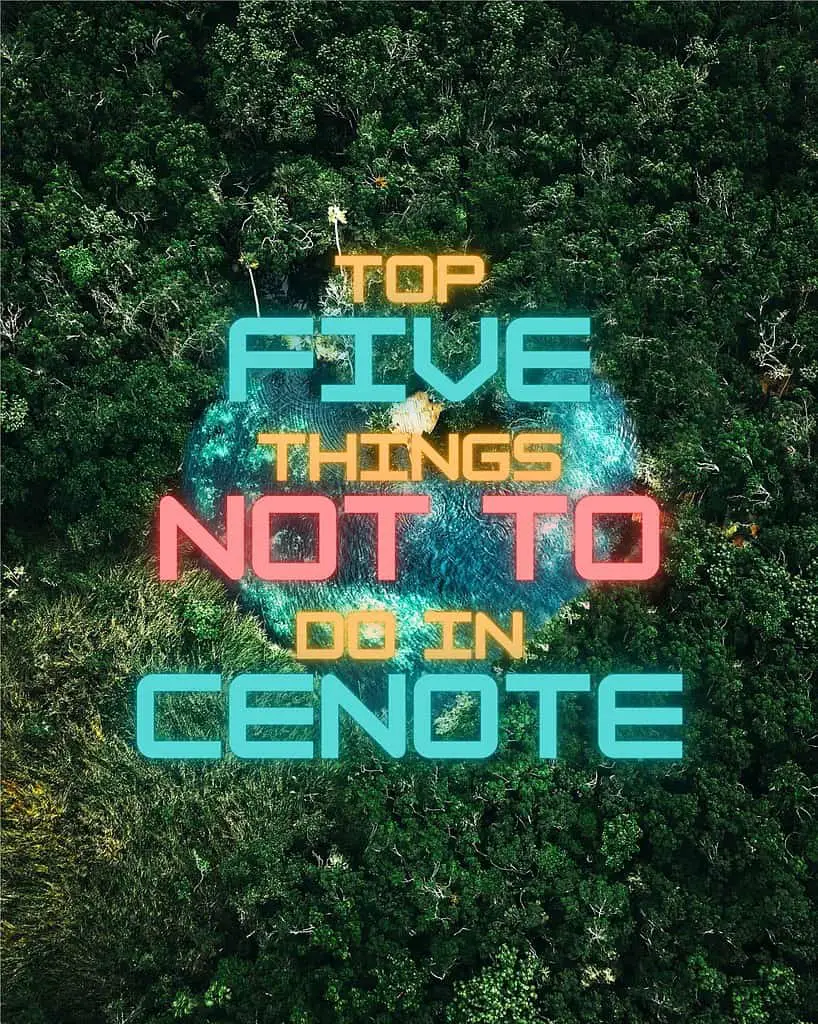How’s it going, journeyers?
So you have a bunch of questions, I hear. Well, that’s great because I have a bunch of answers! I scoured the web and even had a few of you guys ask me questions about our beautiful cenotes on our Facebook page.
Well, I figured that what a better topic than to answer everyone’s questions, plus it fits perfectly into our series on cenotes. I’ll cover everything from what makes them special to why they are clear, even if sharks, alligators, and snakes call these sinkholes home! The answers might surprise you!
Shameless plug-in time! I love discovering and sharing new wonders. If you’re a fellow journeyer, you must get in on this. Join me and Francia in our weekly newsletter, packed with fresh blogs, amazing tips, epic history, and exciting discoveries. Don’t wait. Jump on board!
Subscribe to our newsletter!
Don’t miss the opportunity to dive headfirst into this extensive series I’ve been crafting for almost 3 weeks now, all revolving around the fascinating topic of cenotes. As you read from start to finish, you’ll evolve into a true expert on these natural phenomena. It’s a tour that exposes you to all the must-see spots, intriguing history, insider tips, tricks you can stand, and so much more! So, are you ready to Journey Together on this exciting adventure? Then start your journey here! (insert link)
So what do you say? Let’s get all these burning questions out of the way, shall we?
Let’s Journey Together!
Questions about cenotes Directly
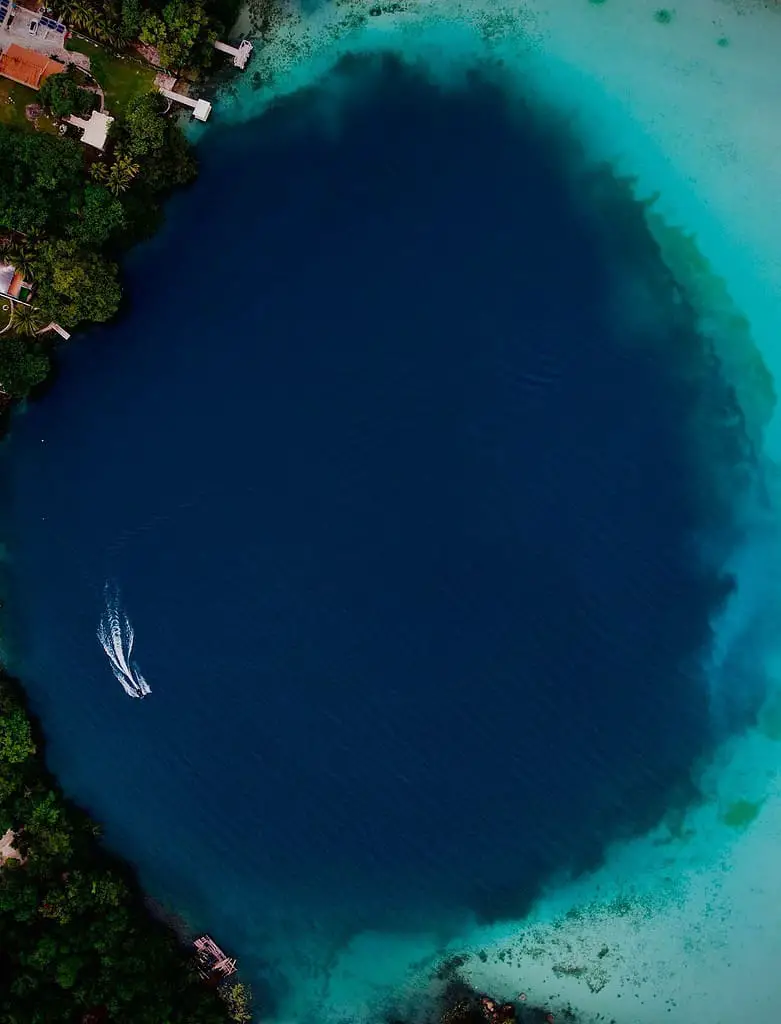
So there are many questions people have about cenotes. In this section, we will cover all of the general questions I have been asked/found about them, such as their purpose, what makes them important, can you swim in them, how many are there, and even if they are dangerous.
What Is A Cenote, And Why Is It Important?

A cenote is a type of sinkhole with 4 distinct types and is predominantly located in Mexico’s Yucatan Peninsula. Check out the first part of this series to learn more about the different types! (insert link)
They are important for their age, over 60,000,000 years old.
They have a long and rich history of aiding cultures and civilizations with water for drinking, bathing, and building. They also served as markers for traveling and played a huge role in religions.
Nowadays, they are predominantly a beautiful place to visit, relax and escape from the heat!
How Many Cenotes In Yucatan?
There are believed to be over 6000 cenotes in the Yucatan. A new study shows that this number is off, and the estimated amount is 5,000-10,000 as per https://www.gob.mx/epn/es/articulos/crean-reglamentacion-para-preservar-cuevas-y-cenotes and follow the ridge of the Chicxulub crater.
Is It Ok To Swim In Cenotes?

Yes, it is generally fine to swim in them. In fact, they are one of the most popular places to swim in Mexico and include a ton of different activities that can be done. As mentioned in my other amazing article all about tourism in Mexican cenotes (insert link)
It is important to keep safety in mind when swimming. If you don’t feel confident, you should use a lifejacket.
This is because cenotes can be very deep, with little to no land to stand on when swimming. Some even have strong undercurrents or areas with low visibility.
It’s also a good idea to never swim alone. That way, if something were to happen, you could get help.
Why Do You Swim In A Cenote?

Why do you breathe air? But, seriously, when it is crazy hot out, there is nothing better than a cool swim.
The Yucatan Peninsula is famous for its crazy hot tempters, and depending on where you are, you are not spoiled for choice when it comes to where you can swim.
Also, who doesn’t like swimming in places with so much history and feels almost otherworldly?
What Is So Special About Cenotes?

They are special because of all of the history that is behind them in Mexico.
They have been around for millions of years and have provided clean drinking water and places to cool off for several civilizations. This is a place (Yucatan, Mexico) where there are little to no flowing rivers on the surface.
I bet that’s something you can’t say about your pool!
What Was The Purpose Of A Cenote?
Cenotes don’t have a purpose, per se. They are a geological formation that’s been around for millions of years. Though they don’t have a purpose themselves, they served a purpose for many cultures over the years, whether for water, religion, guiding, building, or fun.
What Were Cenotes Used For?
- Traditional Mayan ceremonies include blessings, healing rituals, and offerings to the gods.
- Community Gatherings: This can range from local festivals to informal gatherings for swimming and picnicking.
- Environmental and Conservation Events
- Wellness and Spiritual Retreats: including yoga sessions, meditation retreats, and spiritual workshops.
- Weddings: Some couples choose to have their wedding in the vicinity of a cenote.
- Adventure Sports: Events like guided swimming, snorkeling, diving, and even zip lining are often organized around cenotes
Are Cenotes Dangerous?
Yes, They can be.
Let’s explore that further. The only real danger comes from the fact that it has deep waters and can be high up.
Swimming

Generally, tourist areas have lifeguards and swimming aids *lifejackets*. But if you’re going to go to a lesser-known one, it’s important that you know how to swim and never go alone. If something were to go wrong, you’d have someone that can help. Remember 2 is 1, and 1 is none!
Heights
Heights can be dangerous if you are not careful, with cenotes having an average range of 10ft to 30ft from the opening to the surface of the water.
Many people take this opportunity to jump into the water but always ensure you know how to jump and dive properly. Check out my complete guide to cliff diving, which will apply to cenotes. It covers everything you need to know to stay safe, even a workout routine! I spent days providing the most information while being short and sweet without compromise. If you’re like me, it’s good to read a huge book, but if you are like me, I want all the best information fast, so without further ado, here is my first Ebook handcrafted for you! Check it out! https://amzn.to/44m5l9L

Questions about their Cleanliness
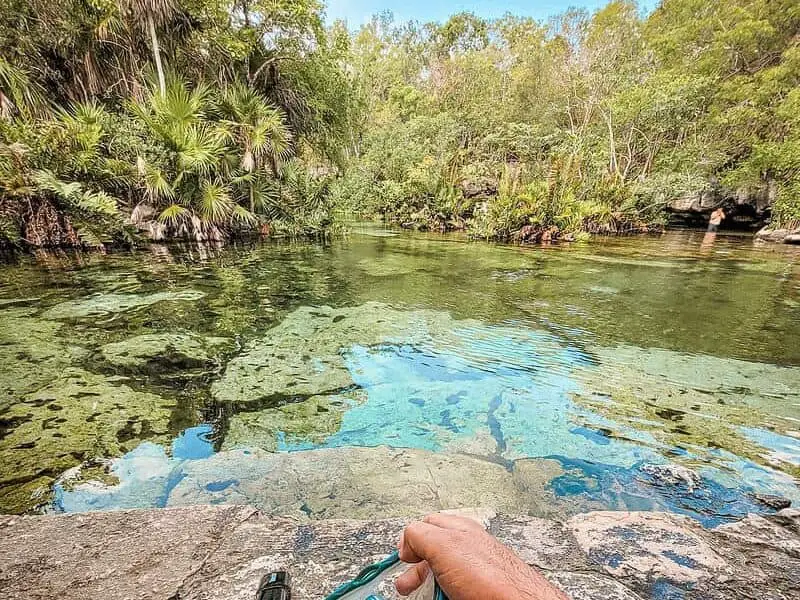
In this section, we will go over everything about the cleanliness, the bacteria even how clear they are.
Do Cenotes Have Bacteria?
Aside from potential E coli in levels smaller than your toilet seat at home. Cenotes don’t have much in the way of bacteria that haven’t been artificially introduced by tourists. This is how the E-coli has been introduced.

As for the naturally occurring bacteria in these sinkholes, like anywhere on the planet, bacteria can be found, from pole to pole, even in rock miles below the earth’s crust.
So as for bodies of water all around the world, it is normal to find 1,000 to 10,000 Bacterial cells per milliliter in freshwater. That number is even higher for seawater, with a staggering 100,000 to 10,000,000 cells per milliliter of water!
Before we all start to boycott swimming altogether, many of these bacteria are completely harmless and a necessary part of the ecosystem. They play a crucial role in the decomposition of organic matter and in nutrient recycling.
Don’t believe me? Well, watch this video! And this is only what is on your skin inside your body. It is the same case. So there is no need to worry.
Great Video: About All Of The Bacteria An Your Skin
Besides that, there are many beneficial minerals. Some chemicals have found their way into the water through either runoff or tourists using sunscreen, bug spray, etc.
What Is The Cleanest Cenote In Mexico?

These cenotes are often praised for their clear and clean waters. These are also my opinion since I’ve only been to Cenote Ik Kil
- Cenote Ik Kil: Located near Chichen Itza, this cenote is known for its clear blue water, kept clean and filtered naturally by the rock.
- Cenote Dos Ojos: This cenote is part of a larger cave system and is famous for its clear and pure water, ideal for snorkeling and diving.
- Cenote Azul: This cenote in the Riviera Maya is famous for its crystal-clear water.
- Gran Cenote: Also located in Tulum, this cenote is widely recognized for its beautiful and clean waters.
While many cenotes are well-maintained and have clean, clear water, this can vary depending on the amount of tourism, natural events, and conservation efforts.
Always research the specific cenotes you plan to visit to ensure they are safe and clean.
How Are Cenotes So Clear?

Cenotes are so clear because there is little to no current in most of them, meaning there isn’t anything to stir up the sediment on the bottom. This is not to say that all cenotes are always clear because some are cloudy.
Another way it stays so clear is due to efforts of the large microorganism ecosystem is also constantly working to keep the water clean and clear.
*Fun Thing To Try
The next time it rains or if you have a body of murky water close by, get a glass and fill it up. Now cover the cup with a lid, leave the water to sit, and don’t touch it for a week or 2 *if you want to speed it up, put a little Alum, which is used in pickling*.
You will see the sediment in the water fall out of suspension, leaving a lay of dirt/dirty water and a layer of clear water. Though not a clean “drink,” it shows what’s going on in the cenotes. See the video posted below.
This process is called crashing and is the same thing used in wine and beer brewing to clear up the end product minus the alum.
Another reason can be that a lot of the water inside them comes from the ground and has been filtered by the earth.
questions about Animal Life in cenotes
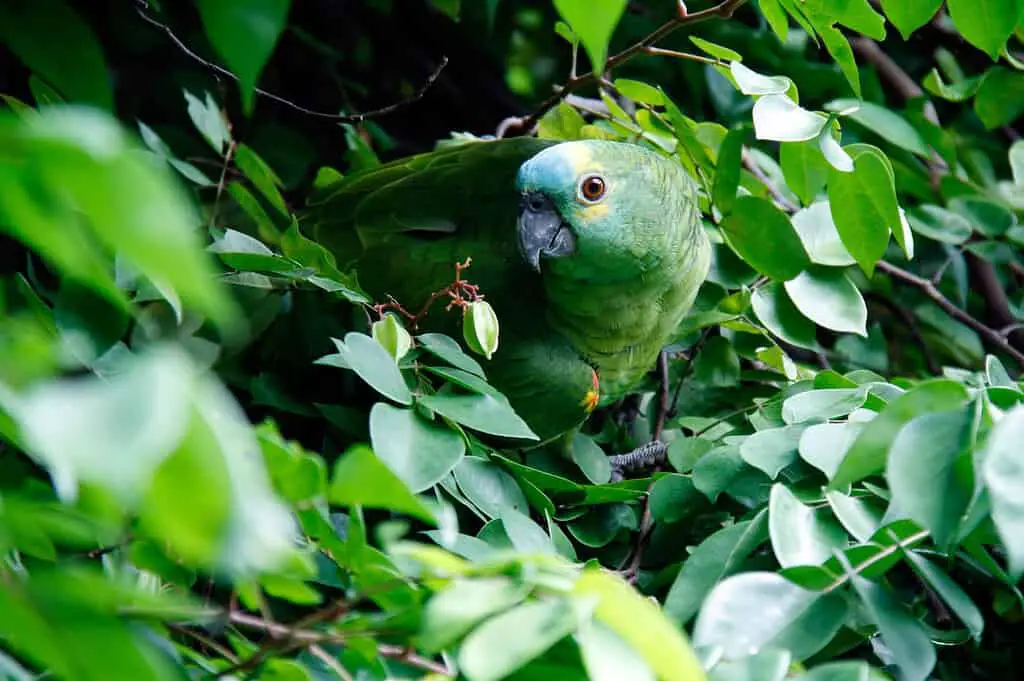
Surprisingly there are a lot of questions about what type of life exists in these beautiful wells of water. I will cover questions like, is there life in a cenote, what type of animals, and even some that might surprise you!
Is There Any Life In A Cenote?
Sure is, humans. All jokes aside, yes, of course, there is life. Something that is amazing about Earth is its ability to foster life almost anywhere. I made a table of everything that you can see in a cenote.
Sure, I can help put the information you provided into a table.
| Life Type | Information |
|---|---|
| Aquatic Life | Cenotes are home to a variety of fish species, including small fish that might approach you out of curiosity when you swim. Unique, cave-adapted species such as blind fish and shrimp may also reside in cenotes that are part of extensive underground river systems. |
| Birds | Birds may use cenotes as watering and feeding spots. Certain cenotes might even serve as nesting spots for species like swallows. |
| Bats | Bats may roost in the caves and crevices around some cenotes. |
| Terrestrial Animals | Various terrestrial animals may frequent cenotes to drink, although they typically don’t reside in the cenotes themselves. |
| Microorganisms | A variety of bacteria and other microorganisms live in cenotes, playing vital roles in these ecosystems such as decomposing organic material. |
| Plants | While cenotes might not host a lot of plant life due to their mostly rocky nature and the water’s mineral content, the areas surrounding cenotes can be lush with vegetation, depending on the specific location. |
Why Are There No Fish in Cenotes?
Depending on the cenote, there are fish in them. Genuinely the fish aren’t going to be huge. But you will see little fish that will come up to you out of curiosity. They are harmless.
You will also see the Black Catfish, one of the few fish that have adapted to the unique environment of cenotes. They are medium-sized and can grow up to 14″ long and get their name from their dark brown coloring, almost black. These guys are quite harmless to humans, and watching them do their thing in the water can be beautiful.
Beautiful Video: Black Catfish in Cenotes
If the sinkhole is connected to a cave system, you may even find some blind fish, shrimp, and in some places, even.
This is because they live in nothing but darkness, so they evolved to do away with the ability to see. They also don’t have pigments in their skin, making them almost translucent.
Awesome Video: Diving In A Cenote Even Showing Some Fish
Do Alligators Swim In Cenotes?
Alligators are predominantly found in the United States and China. They are not found in Mexico, where cenotes are most common. But don’t rest too easy.

Because Crocodiles, on the other hand, inhabit Mexico but generally prefer brackish (freshwater mixed with saltwater) water environments, like mangroves.
Though not common, one could go for a walk and find its way into a cenote chances are slim, but it’s not none.
The best practice is to always ask guides and locals about specific wildlife.
Are There Bull Sharks In Cenotes?
Bull sharks can swim in fresh and saltwater, which sets them apart from other marine life.

They prefer the warm shallow waters of the ocean/sea and wouldn’t find the cold waters of a cenote very enjoyable.
But just like the crocodiles, they could get lost and make their way into one of the cenotes that connect out to the ocean. They would still have a long way to navigate in a dark water-filled cave to find their way to where your swimming.
So, slim chance again, but there still is one.
The best practice is to always ask guides and locals about specific wildlife.
Do Any Animals Live In Cenotes?
Some cenotes have been known to have bats that call them home, along with the stray animal getting lost. Plenty of aquodic life calls them home, but not every sinkhole has them.
Are There Snakes In Cenotes?
While snakes don’t intentionally call these places home, they have been know to be found in them. This is generally due to cenotes’ close proximity to their natural habitat, i.e., the jungle.
Last question! What are my final thoughts?
Well, diving deep into the world of cenotes, these stunning pools are filled with history, beauty, and more life than you probably thought. Together, we’ve tackled many of your questions, whether that’s about purity, the roles they played in the past and continue to play today, and the fascinating wildlife that calls them home. If I missed anything you wanted to know, tag me in a post on FaceBook using #juntosjourneys.
So, what do I make of it all? Well, Each cenote is a marvel of nature with its own charm. The crystal clear waters that held such importance in ancient civilizations have now become the backbone of tourism. As journeyers, we must value and care for them, ensuring we don’t inflict any harm on these natural treasures while we take in their splendor.
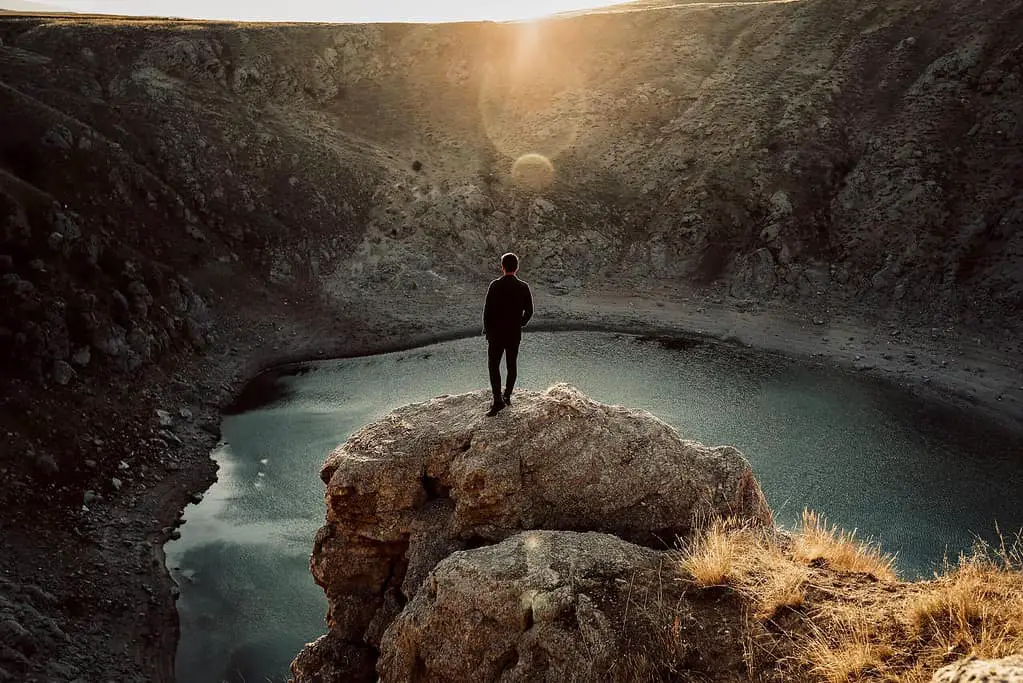
Whether you’re returning for another swim or setting foot in one for the first time, I’m always blown away by the feeling I get when visiting a cenote. I always find something new to see and learn! But anyways, Thank you for joining me on this journey, and I look forward to our next!
Looking for your next thrilling adventure? Embarking on a journey to the blue cenotes! But wait, do you have everything you need for this unforgettable adventure? Worry not! I created an Ultimate 24-Item Cenote Packing List to make sure you have everything you need, even things you wouldn’t think of bringing! From dry bags to snorkeling gear, this list covers it all. Plus grab your FREE international travel checklist. Just print it out, and you’re good to go, or download and save it for later! Remember, a well-prepared explorer is a happy explorer! Check it out here: https://juntosjourneys.com/the-ultimate-24-item-cenote-packing-list/


